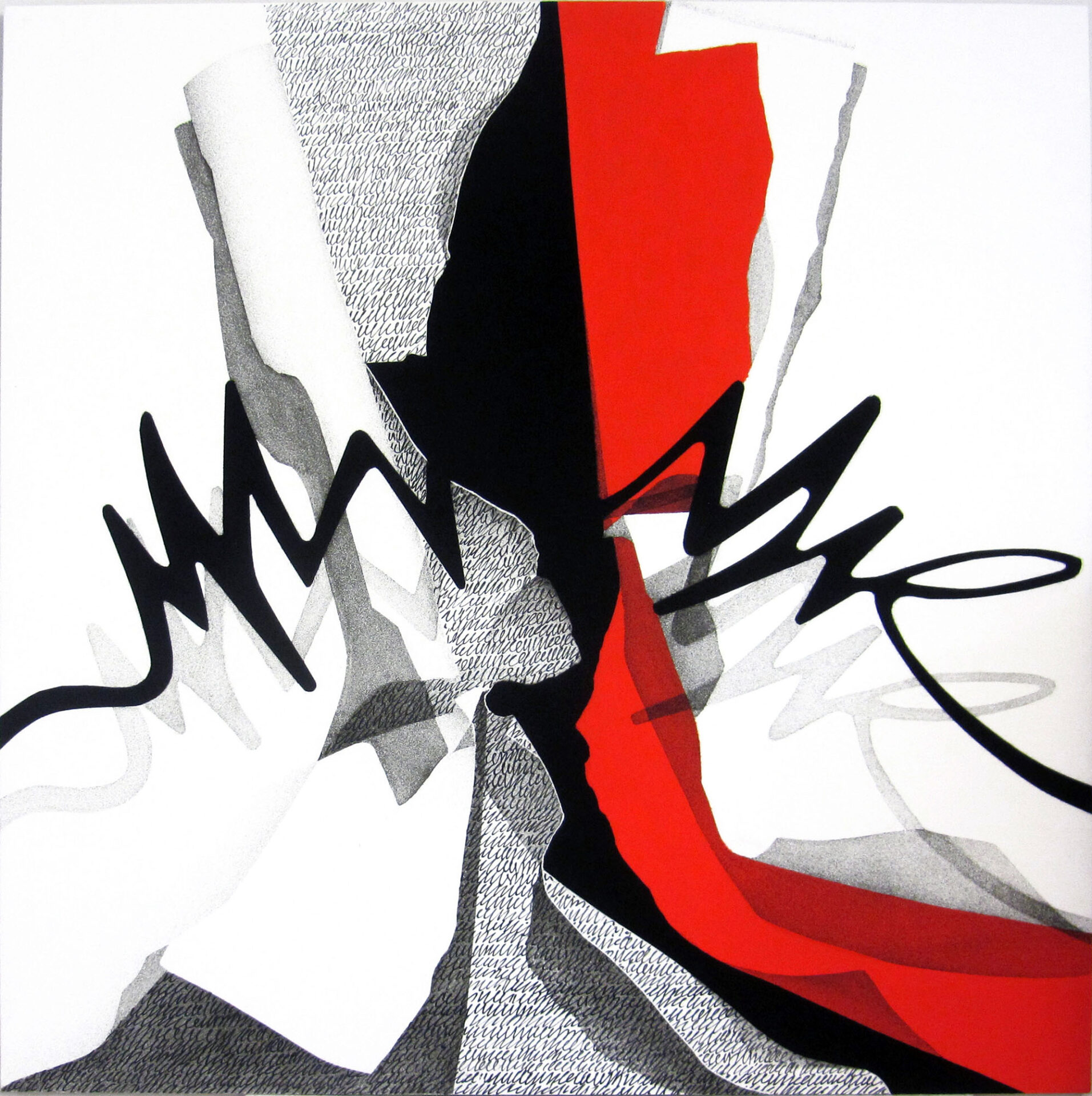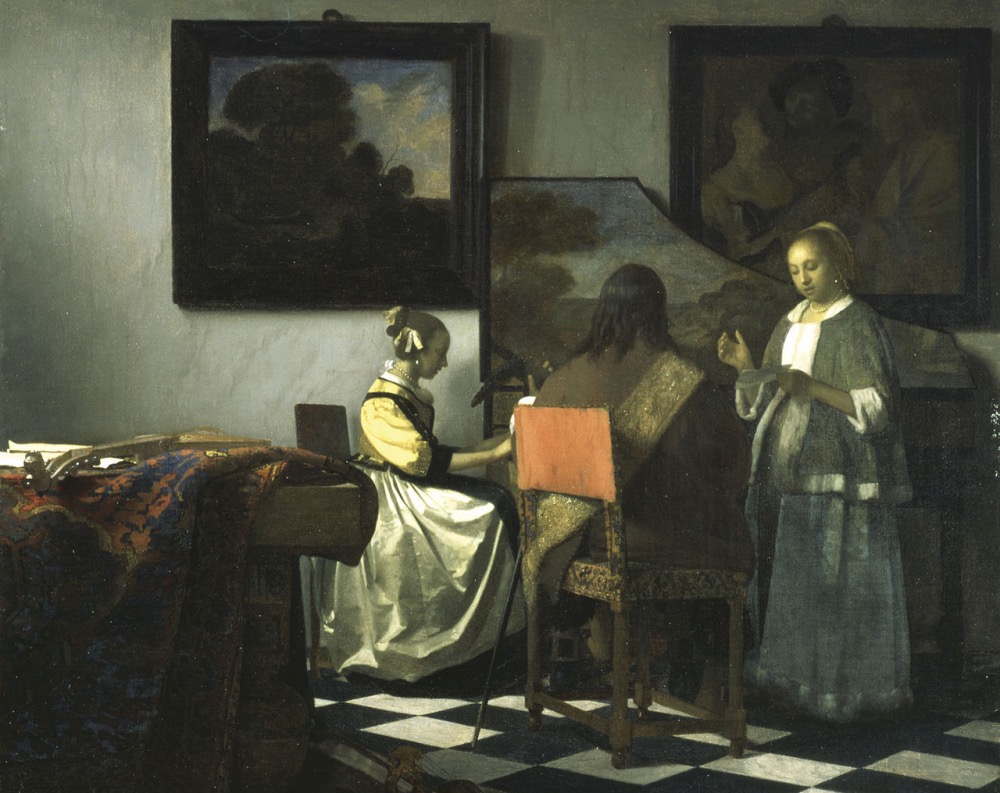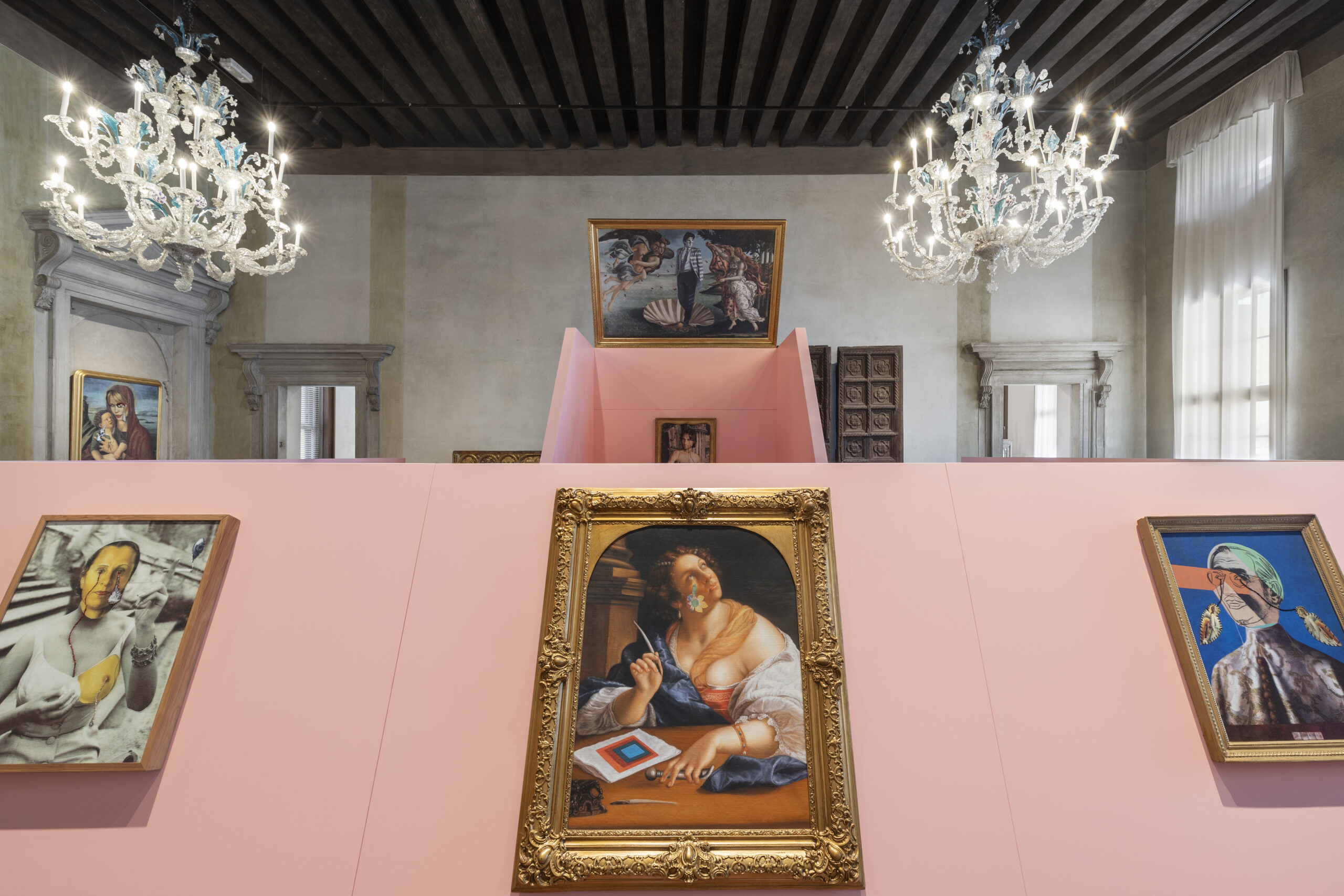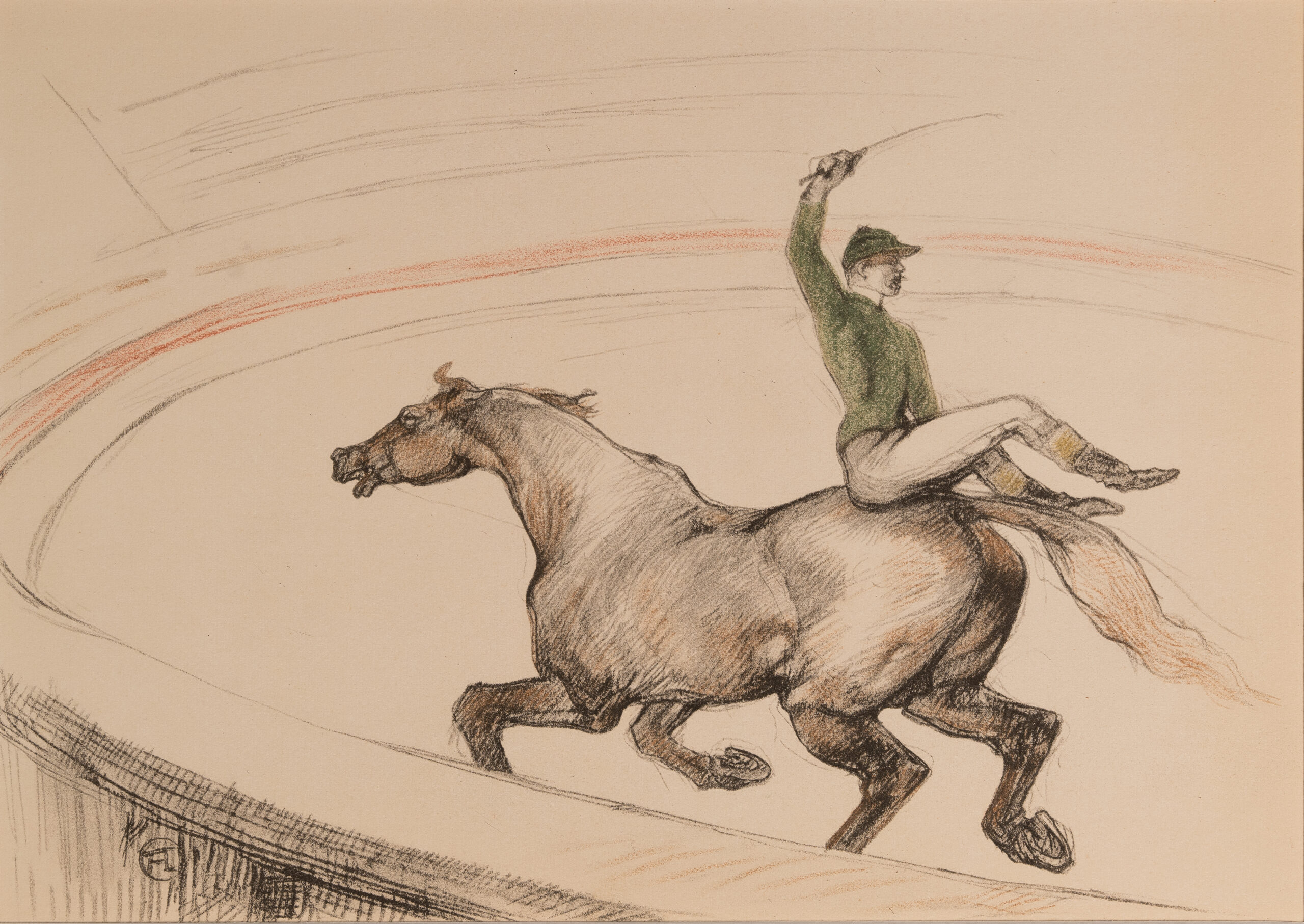
Agostino Ferrari, Interno / Esterno, 2011, cm 150 x 150, acrilico + sabbia su tela
How can an artist explore and transform a single element until it becomes the focus of his artistic expression? In this post I want to share with you some things I have discovered about Agostino Ferrari, an important artist in the Italian art scene, born in Milan in 1938.
Agostino Ferrari’s works are distinguished by his innovative use of sign, an element that has characterized and continually renewed his style over the years.





